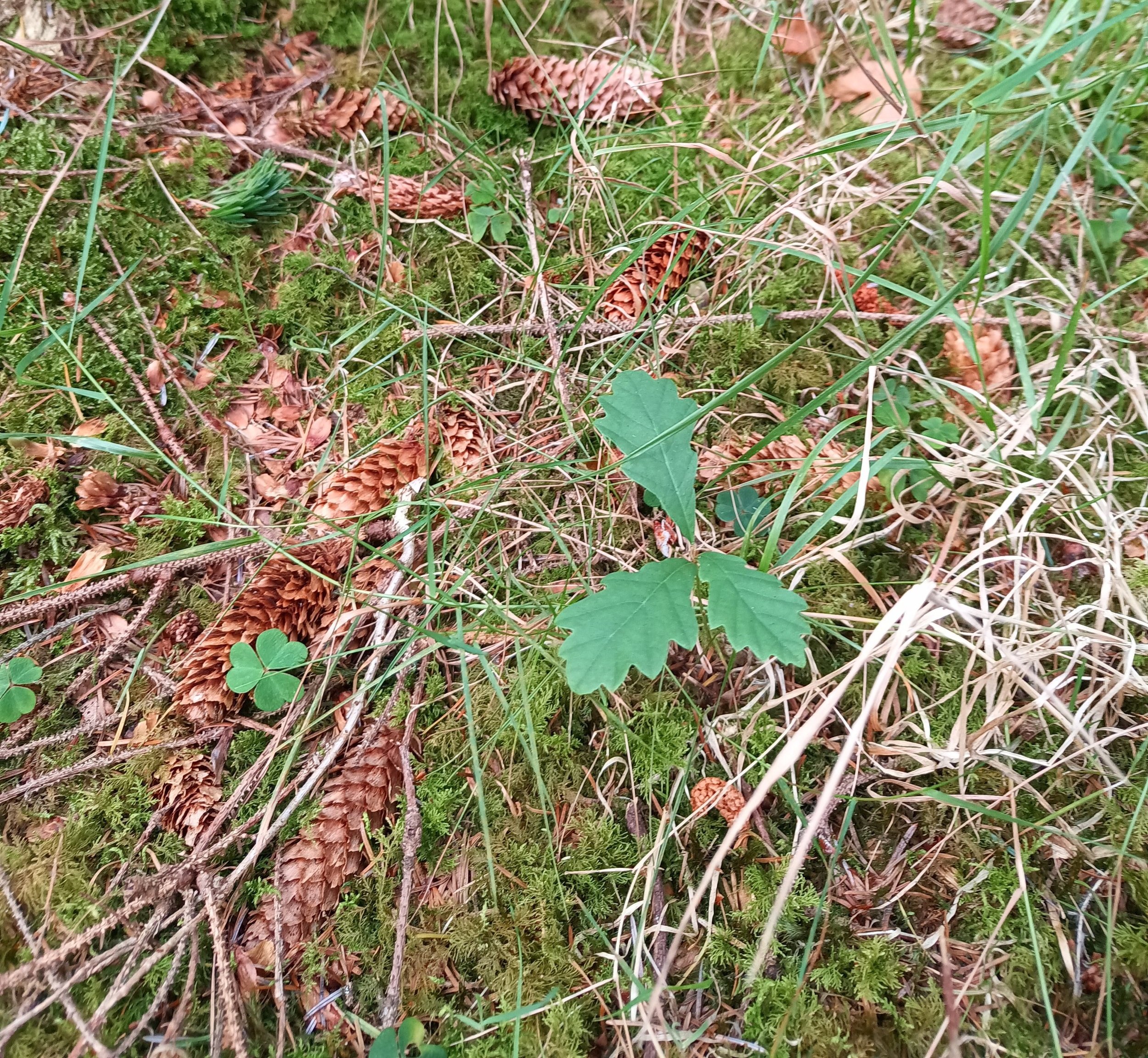Continuous Cover Forestry in Cloragh Forest
Recently we attended a Continuous Cover Forestry (CCF) workshop in Cloragh Forest, organised by Pro Silva. Pro Silva is a non-profit organisation whose members consist of foresters, forest owners, ecologists and others, all of whom aim to develop and promote continuous cover, or close-to-nature, principles as an alternative to clear-felling forestry techniques.



The day was spent exploring different areas of Cloragh Forest, to see the CCF principles in action. Cloragh Forest’s 197 hectares have been managed using continuous cover forestry principles since 2005. Cloragh Forest was initially planted throughout the 1950s to 1970s, and a number of the trees have been there since that time.
CCF is a forest management approach that can be applied to any type of forest - not just those planted for timber production. It aims to keep the overall forest canopy in place whilst opening up certain areas for light to reach the forest floor by removing individual or small groups of trees. The light that reaches the forest floor in spaces caused by those removals, triggers natural regeneration within the forest as new seedlings emerge and grow, creating a multi-generational forest with young trees protected by their established neighbouring trees and the forest’s microclimate.
The first thing that struck me as I drove along the forest road up to our meeting point, was how bright and lush the forest was, despite it being primarily coniferous.
We’re all familiar with the traditional Irish sitka spruce or conifer plantation; a dark and gloomy affair, with very little life evident on the forest floor and a creepy aura of Fangorn Forest ever present when you peek into one from the fenceline. Indeed, any visiting orcs from the local film studio would be sorely pushed to find a gloomy part of the forest for them to lurk in!
Under “normal” management, weaker trees would be thinned leaving the biggest trees to develop, and then the forest would be clear-felled and replanted en masse. With CCF, however, the forest is thinned more regularly but less trees are removed each time. The forest manager carefully selects trees for removal based on the effect it will have on the nearby trees, the species mix, and the forest ecosystem as a whole. They opt to remove trees that are not only financially suitable for sale, but whose removal will help create spaces in the canopy to allow light in, or help promote stronger growth in neighbouring trees that were being outcompeted.



Trees that are especially important for biodiversity are marked by the foresters to ensure they are not removed - these could be trees of a different species to their neighbours, a tree with split trunks or lots of nooks and crannies for nesting spaces, or even standing dead wood.
In stands which have been regularly thinned or managed from the beginning as CCF, a varied mix of species, age and trunk diameter is evident. Diversity being the spice of life, it’s apparent that the light coming in from the gaps in the canopy encourages not only naturally regenerated seedlings, but also an abundance of other plant life. In Cloragh Forest, Bilberry, luscious mosses, ferns, ling heather and wood sorrel coat the first floor, and there are many naturally regenerated young trees and seedlings throughout.
Moreover, these young trees are dispersed in a mixture of species throughout the more diverse habitat, rather than being planted in the monoculture stands we’re more familiar with. Sitka and Norway Spruce happily grow up under the protection of an older hemlock, while oak and holly seedlings spring up in areas that hopefully escape the notice of the roving deer.
Unlike clear-cut felling, where the entire forest is wiped out in one fell swoop, in CCF the forest quickly recovers after selected trees are removed, as the remaining trees and vegetation take advantage of the space, and the overall habitat remains intact for the nature living within it.
The Cloudforests vision is to create forests for the planet, for nature, and for people. While we strive to plant native species where we can, we also understand that resilient forests are as important to our planet. With ash dieback and Dutch elm disease, we’ve seen how disease can wipe out a species, and that such a significant bulk loss of habitat can negatively impact the wildlife reliant on it. As the world’s climate changes, we don’t yet know how Ireland’s climate will affect our native species. So planting a diverse mix of natives and conifers that not only attract and sustain a variety of wildlife species, but also have different requirements, different stress points, and different diseases, will help our Cloudforests become more resilient and better able to cope with any challenges or species losses we might face in the future.
Our mission is to ensure our own forests are managed as sensitively as possible, regardless of the species mix within them, and to protect the ecosystems and the life within them as best we can in line with the CCF principles Pro Silva so wonderfully demonstrated in Cloragh Forest.

